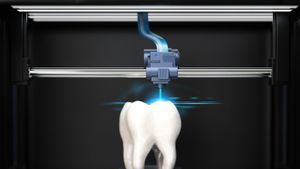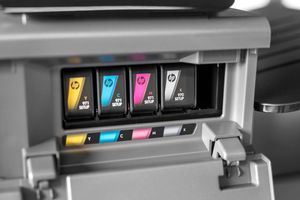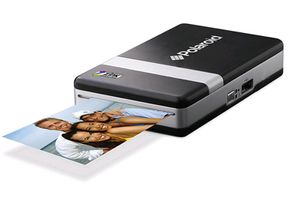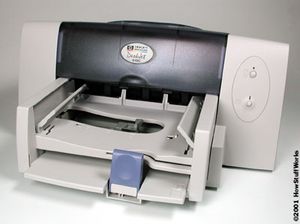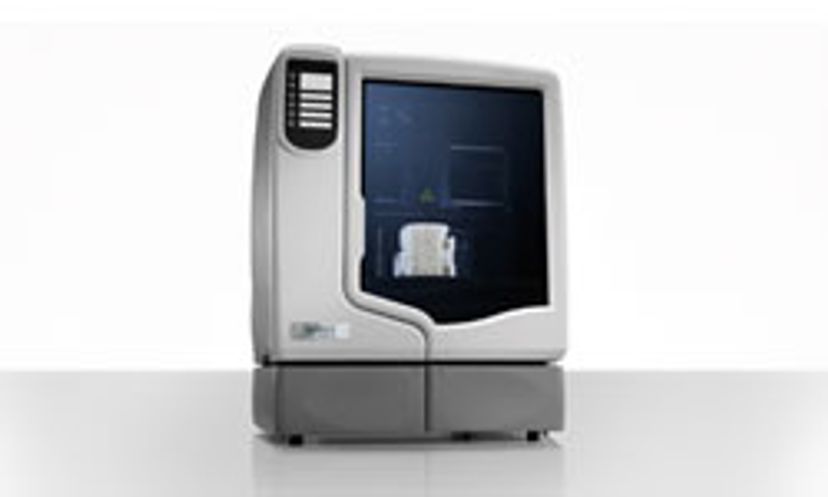
Image: Photo courtesy of Stratasys, Inc.
About This Quiz
Regular printers are pretty handy, but their up-and-coming cousins, 3-D printers, add a whole new dimension to the printing process. Literally! How much do you know about the fascinating field of 3-D printing? Take this quiz and find out!
Which of the following is NOT a 3-D printing approach?
computer numerical controlled (CNC) machining
fused deposition modeling (FDM)
photopolymerization
Who owns the trademarked 3-D printing procedure actually called 3-D Printing (3DP)?
Objet Geometries
Stratasys
Massachusetts Institute of Technology (MIT)
What's the term used to describe 3-D printing when it's used to create models for testing a product's design?
rapid prototyping (RP)
rapid prototype modeling (RPM)
fused deposition modeling (FDM)
Advertisement
What was the name of the first commercially successful 3-D printer using the inkjet approach for rapid prototyping (RP)?
the V-Flash personal 3-D printer
the stereolithograph apparatus (SLA)
the ModelMaker
Which of the following 3-D printing approaches involves melting the material, then allowing it to cool and solidify to form each new layer?
sintering
solidifying
binding
Advertisement
Which of the following 3-D printing approaches uses a liquid glue added to a fine powder?
photopolymerization
binder 3-D printing
multi-jet modeling (MJM)
Which of the following 3-D printing approaches applies an ultraviolet light to a liquid polymer to change it into solid plastic?
photopolymerization
binder 3-D printing
fused deposition modeling (FDM)
Advertisement
Which of the following 3-D printing approaches uses inkjet technology to apply a liquid that quickly solidifies to form each new layer?
binder 3-D printing
smooth curvature printing (SCP)
direct 3-D printing
Which of the following materials have been used to create objects with 3-D printers?
plastic
ceramics
all of the above
Which of the following 3-D printer models is priced under $10,000 and is small and light enough to fit on a desktop?
Solidscape R66PLUS
V-Flash from 3D Systems
uPrint by Stratasys
Advertisement
Why is binder 3-D printing faster than direct 3-D printing?
The nozzles in binder 3-D printers only dispense the binder rather than all of the materials used.
The binding process melts particles instead of gluing them.
Direct 3-D printing is an old technology that isn't improving.
What are the names of two companies that provide 3-D printing services for the average person who doesn't want to buy the equipment?
Stratasys and Solidscape
Shapeways and Ponoko
Shapeways and Pikchur
Before you print out something on a 3-D printer, which file format should you convert your file to?
STL
SLT
SLS
Advertisement
One 3-D printing process has the trademark name of SLS. What does SLS stand for?
solid laser surfacing
surface laser sintering
selective laser sintering
What type of software can you use to design a 3-D object that you want to print?
graphic image production (GIP)
3-D image modeling (3IM)
computer-aided design (CAD)
What's the official term from ASTM International describing manufacturing technology that creates an object by adding material on a layer-by-layer basis?
additive manufacturing (AM)
rapid prototyping (RP)
3-D printing (3DP)
Advertisement

